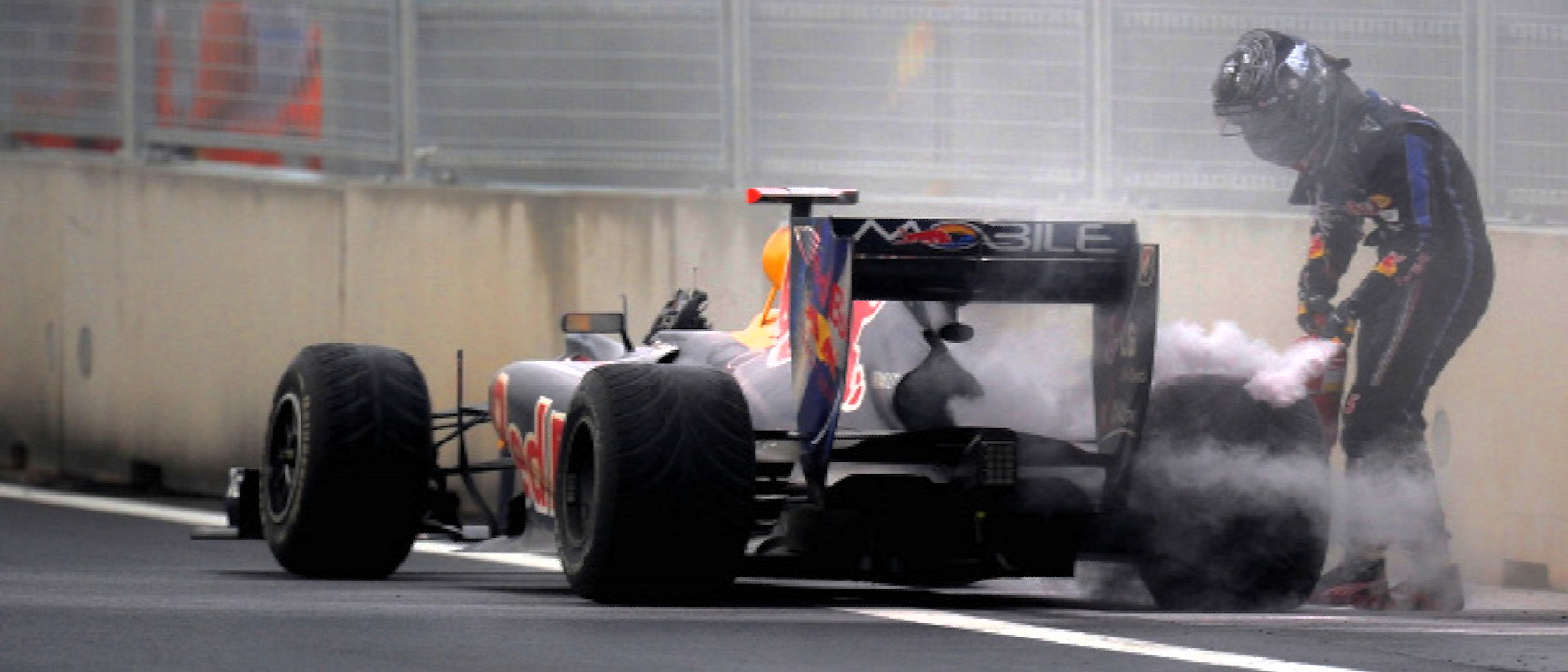Change epitomizes Formula One. Yet as the decades roll by, incremental season-by-season changes have produced a sport that is different in fundamental ways from the one in which Juan Manuel Fangio competed in the 1960s, Jim Clark in the 1960s and Emerson Fittpaldi in the 1970s — even Niki Lauda and Aryton Senna in the 1980s and 1990s.
The differences are not hard to spot for the observant enthusiast. Most obvious is that F1 seasons today are very, very much longer than in seasons past. The reason is economics (money!) — the overarching goal of F1 impresario Bernie Ecclestone — but the reality is that what was once a nine-race season in 1962, a 12-race season in 1968 and a 16-race season from 1976 through 1999 has grown to a 20-race season in 2012. As a consequence, modern F1 pilots routinely compete in more GP races in their first five years than three-time World Champion Sir Jackie Stewart did in his entire Formula One career. Nico Rosberg, still a relatively young driver, won his first GP in 2012 after 100 races. more than Stewart himself. Remember when the championship required drivers to drop race results because one could only count a certain number of races for purposes of the final standings? Few do, but that was the reality through the late 1980s.
As the F1 season has gotten longer, so too have the cars themselves gotten stronger, essentially insulating drivers from the unpredictable ignominy of mechanical retirement. DNFs are basically a thing of the past in modern Formula One. Once it was routinely assumed that nearly half of the F1 starting grid would fail to finish, giving rise to the truism — only marginally relevant, if at all, today — that “To finish first, first one must finish.” The 2011 European GP at Valencia, for instance, featured a race in which there were no retirements, the entire paddock making it to the checkered flag. Part of this has to do with carbon fiber monocoques, the space-age fabrication material that allows drivers to bang and barge in ways that old-timers like Sir Stirling Moss find unsporting. “In a modern racing car, as long as the driver is stuck inside it, he is as safe as houses.” Yet this development has also yielded far closer, and way more aggressive, racing tactics than were possible throughout F1’s history, where colliding with another car risked mechanical failure or a shunt into the woods or hay bales, bereft of the moderns runoff areas that shelter drivers from their own mistakes.
Forget about the perversion of the F1 record book caused by the combination of long seasons and strong cars. This is a change that radically alters the sport itself. Even 20 years ago, Nigel Mansell had to be concerned when electronic gremlins disabled his “active” FW14 Williams after waving to the crowd at the 1991 Canadian Grand Prix. Except perhaps for Heikki Kovalainen at Singapore and Seb Vettel in Korea, both during the 2010 season, the cars continue to circle the circuits continuously. Coupled with new, cost-cutting rule changes requiring engines, gearboxes and the like to last for four or more races, with grid penalties for changing components early, and the result is a succession of F1 cars that no longer flirt with mechanical failure because designers, engineers and drivers are prohibited from pushing the performance envelope to and past its limit.
Legendary Colin Chapman of Lotus used to believe that if a Formula One car lasted one lap further than the race distance it was too solid and thus too heavy. We now live in a bizarro F1 world where the opposite tenet prevails. Does that make for a better sport? You decide.


